Nestled in the heart of Tibet lies the majestic Sepu Kangri, a mountain revered by locals and admired by adventurers from around the globe. Known also as Sāpǔ Shénshān, this towering peak is part of the Nyenchen Tanglha mountain range and stands as a sentinel over the region. With an elevation of 6,956 meters, Sepu Kangri is not only a natural wonder but also a spiritual beacon for the indigenous people who consider it a sacred entity.
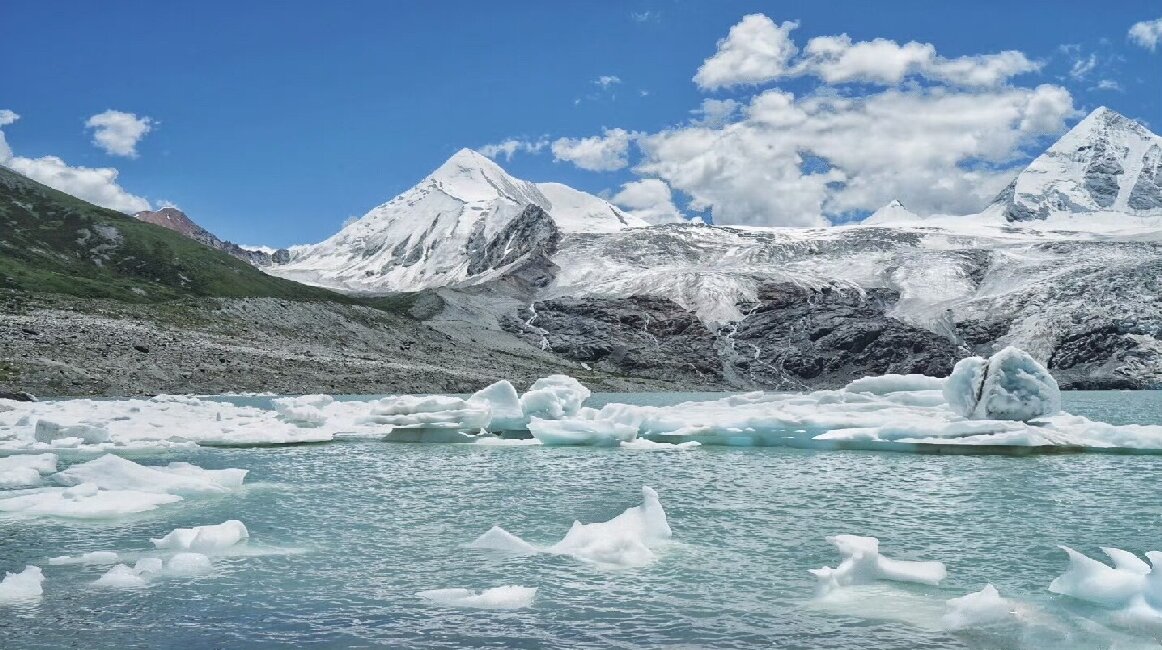
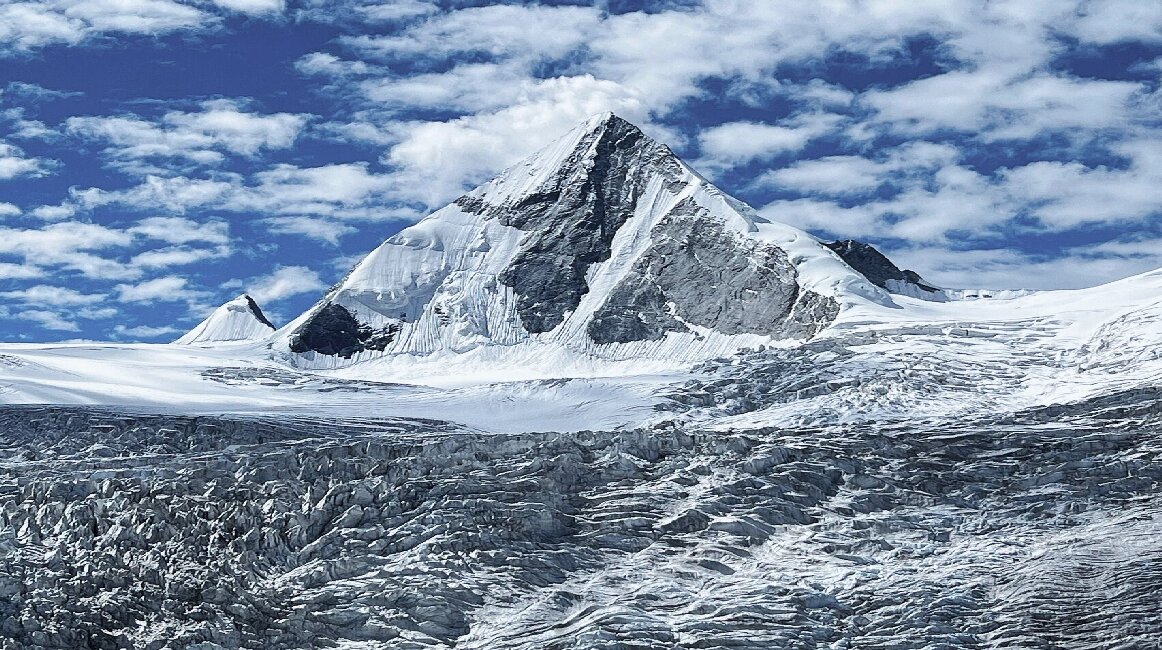
The mountain's name, which translates to "Snow Leopard Deep Valley," hints at the rich biodiversity that thrives in its vicinity. The area is home to a variety of wildlife, including the elusive snow leopard, Tibetan antelope, and wild donkeys, which roam the expansive high-altitude meadows and rocky terrains. The region's flora is equally impressive, with forests of spruce, fir, and cypress trees ascending to the alpine meadows that burst into a kaleidoscope of colors during the short summer months.
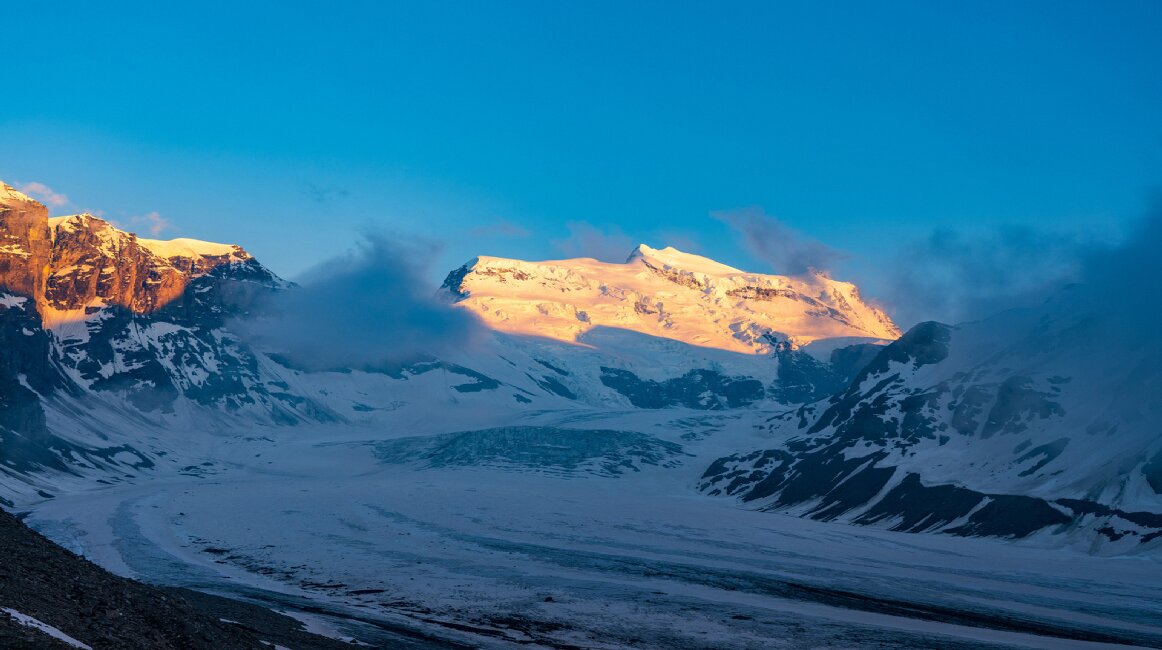
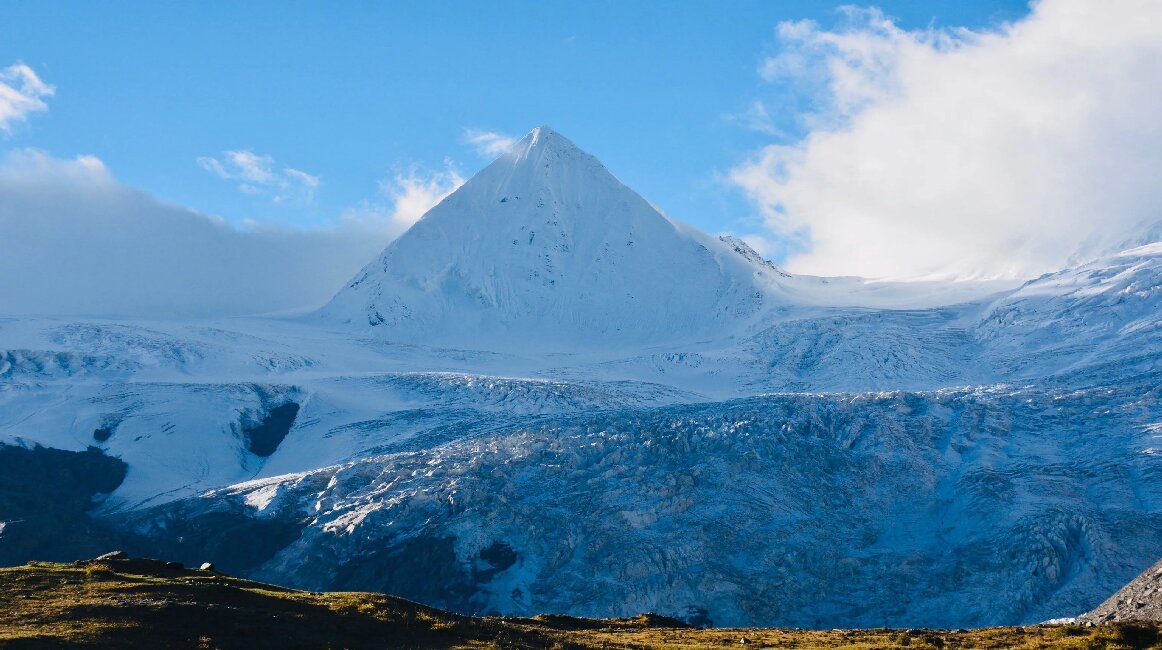
Sepu Kangri's geological history is as fascinating as its natural beauty. Formed during the Indosinian orogeny, the mountain is a testament to the dynamic processes that shaped the Tibetan Plateau. The mountain range to which Sepu Kangri belongs is a result of the collision between the Indian and Eurasian tectonic plates, a monumental event that gave rise to the Himalayas and continues to influence the region's topography.
For the adventurous souls, Sepu Kangri offers challenging treks and the opportunity to witness the grandeur of its glaciers and icefalls. The mountain's glaciers are a source of life, feeding rivers and lakes that sustain the communities and wildlife in the area. Among these is the enchanting Sāpǔ Holy Lake, formed by millennia of glacial meltwater, reflecting the mountain's grand silhouette on its serene surface.
Culturally, Sepu Kangri holds a special place in the hearts of the local population. It is intertwined with myths and legends that have been passed down through generations. The mountain is said to be the abode of deities, and its presence is felt in the daily lives of the people who pay homage to its divine nature through festivals and rituals.
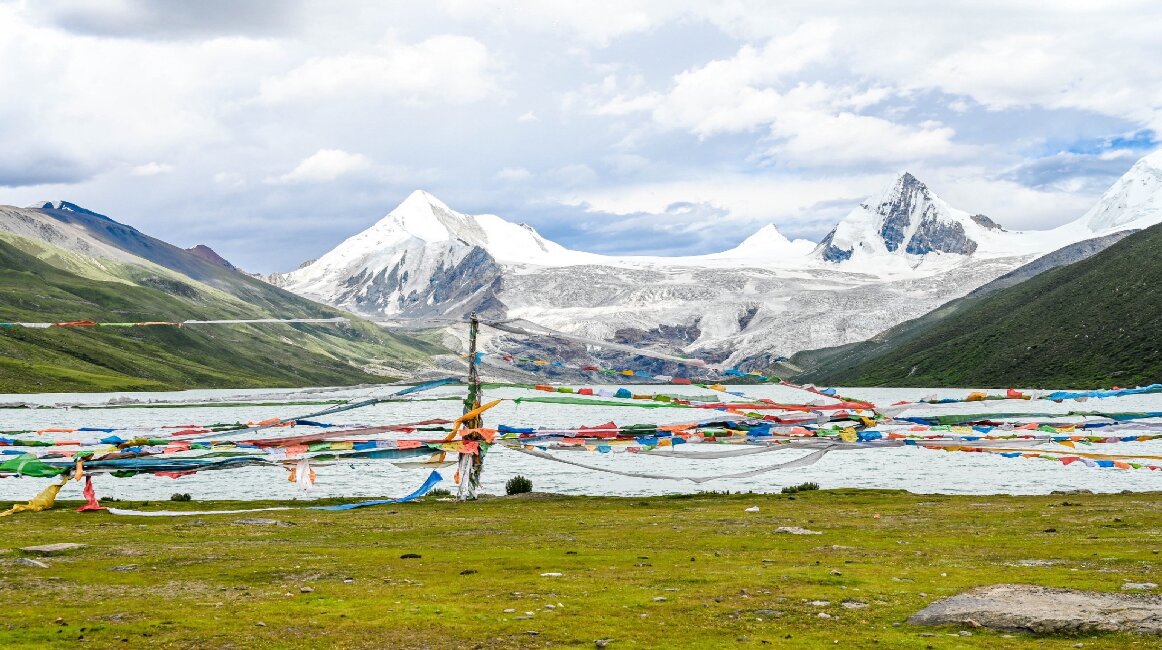
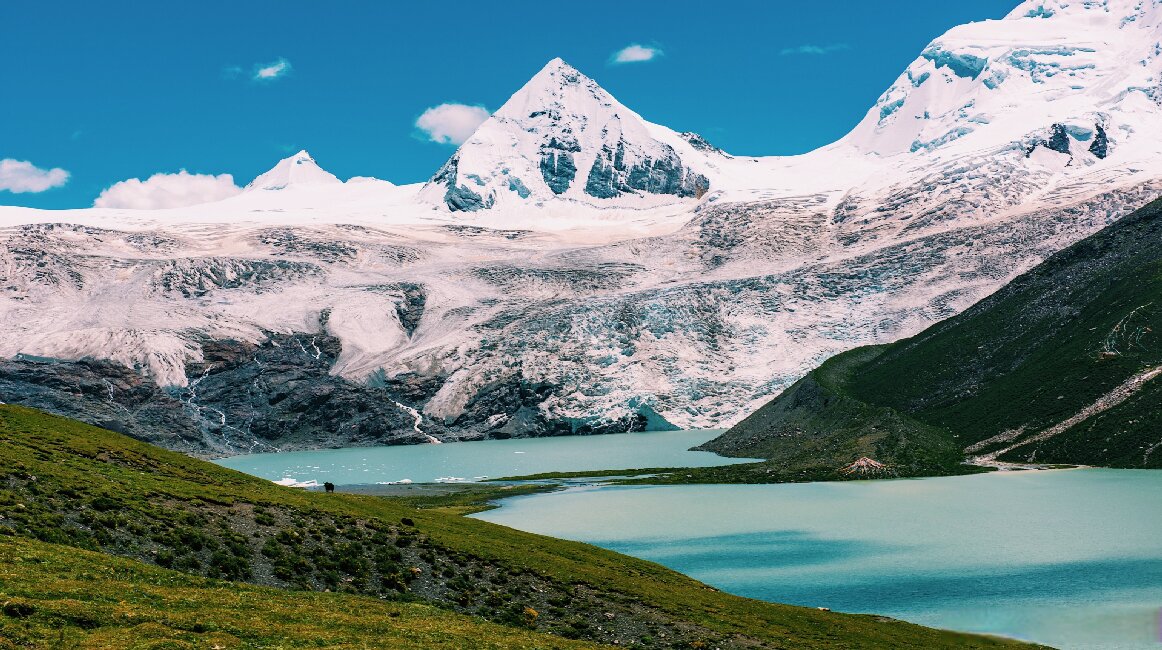
Despite its remote location, Sepu Kangri has captured the imagination of many. In recent years, it has gained popularity as a 'hidden gem' among travelers seeking off-the-beaten-path experiences. The mountain's allure lies not only in its physical attributes but also in the sense of tranquility and timelessness it imparts to those who visit.
In conclusion, Sepu Kangri is more than just a mountain; it is a symbol of the enduring spirit of Tibet. Its peaks whisper the ancient tales of the land, and its slopes nurture the life that clings to its rugged terrain. For those who have witnessed its splendor, Sepu Kangri remains an indelible memory, a reminder of the earth's raw beauty and the profound connection between nature and culture. As a beacon of the Tibetan landscape, Sepu Kangri continues to inspire awe and respect, standing tall as a testament to the region's rich heritage and the timeless saga of our planet's geological evolution.



